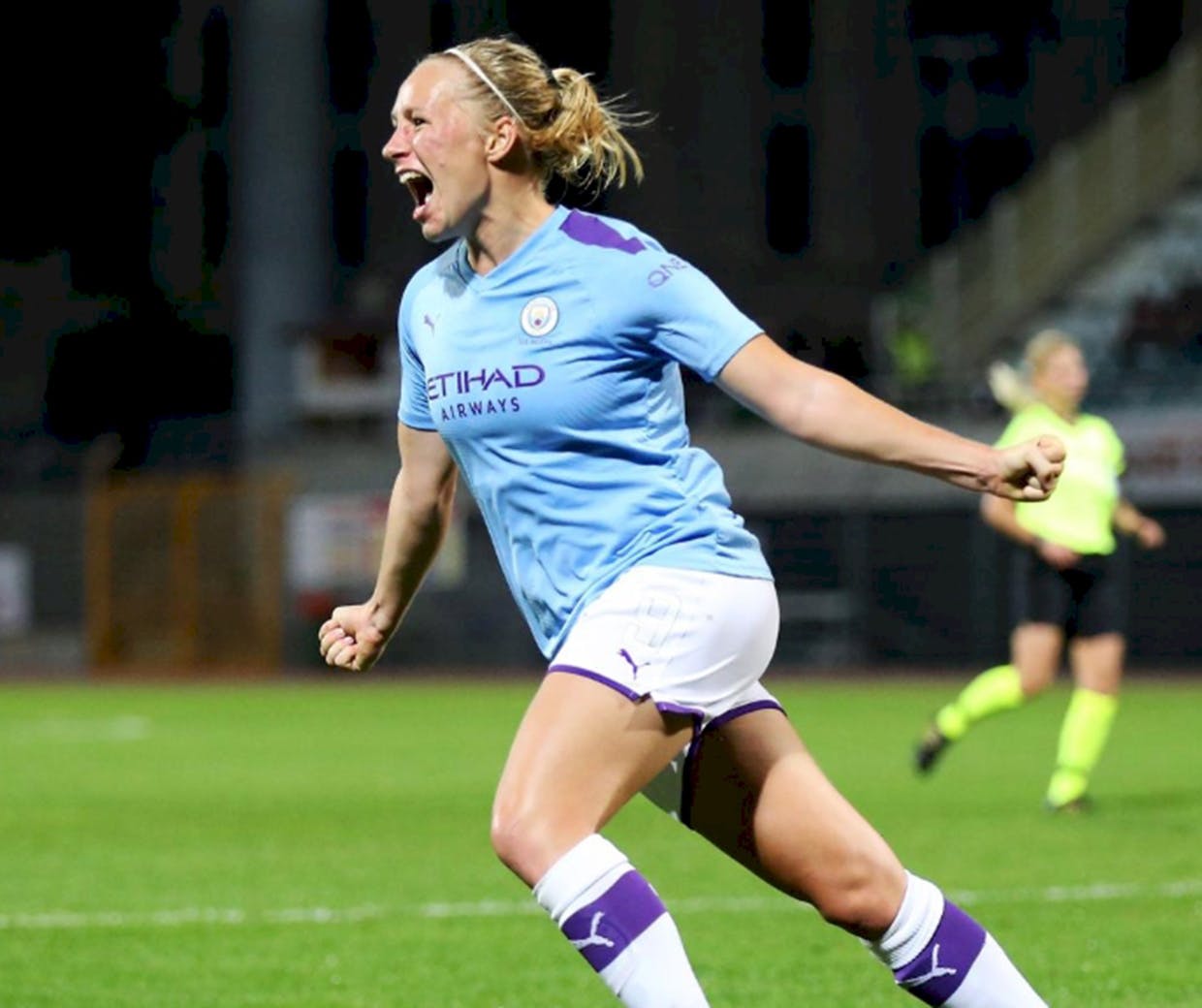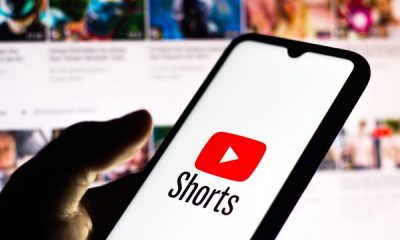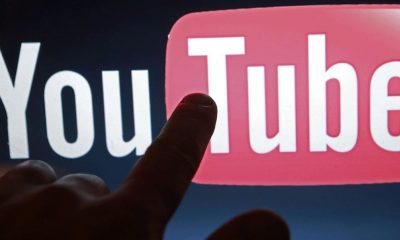INTERNET MARKETING NEWS
Women’s football must value the match day experience to capitalise on post-World Cup buzz
This summer’s 2019 FIFA Women’s World Cup was record breaking. The tournament in France broke the 1 billion viewers mark for the first time since the competition began in 1991. Around 59 million people watched Brazil’s last-16 game against Word Cup hosts France, making it the most watched women’s football match of all time.
The Lionesses’ semi-final defeat to eventual winners the USA attracted 11.7 million viewers, which represented 50.8% of the available audience and was 2019’s highest peak UK TV audience so far.
People were engaging on the ground too. According to FIFA, 24 games sold out, taking the number of match tickets sold to more than 1 million.
This was also the summer the media woke up to the power of women’s sport. While the BBC launched its #ChangeTheGame campaign to showcase female athletes, The Telegraph appointed its first dedicated women’s sport writing team. Some 54.5% of the ‘most watched’ video clips on the BBC Sport website over the summer (between 29 April and 11 August) featured women’s sport, according to an analysis of sports coverage conducted by the Women’s Sport Trust.
And let’s not forget the brand interest. The likes of Coca-Cola, Visa, Boots and Lucozade Sport were among the big names queuing up to back women’s football this summer. In the US alone, brands splurged $96m (£87m) on TV adverts in or around the World Cup, according to Kantar figures, more than double the company’s earlier estimate of $43m (£39m).
From empowerment to performance: Why brands need to shift the narrative around women’s sport
Even though the tournament is over, brands are still interested. This week, Proctor & Gamble – via its deodorant brand Secret – announced a $200,000 (£160,684) investment in US women’s football. It is using the money to purchase 9,000 tickets to nine National Women’s Soccer League (NWSL) games this season.
P&G plans to fill 1,000 seats at one home game for each of the nine teams, offering the tickets to local partners, women’s organisations, youth sports teams and not-for-profit organisations in a bid to grow local support for the women’s game.
The FMCG giant claims the investment will help boost attendance, grow a passionate network of women’s football fans and ensure female athletes get the attention they deserve, which it believes will lead to an increase in NWSL ticket sales.
This is a shrewd move by P&G. Not only is it able to ride the crest of a wave following the US team’s World Cup victory, but by throwing its weight behind the NWSL the company is positioning itself as a brand committed to keeping women’s football in the spotlight.
Similarly, Barclays has emerged as a key supporter of the women’s game in the UK after signing an eight-figure deal to become title sponsor of the Women’s Super League (WSL) until 2022. A record investment in UK women’s sport, the deal is thought to be worth more than £10m over the next three seasons.
The significance of Barclays’ sponsorship cannot be overstated given that the Football Association’s director of the women’s professional game, Kelly Simmons, told Marketing Week in July her priority is to make the WSL sustainable. Over the next five to seven years, the FA wants the WSL to generate enough revenue to stand on its own, regardless of the whims of a club’s chairman or owners.
For this reason, keeping the excitement going once the World Cup buzz has died down is crucial, as is working out how to pitch the game going forward.
It is fundamental to have a strategy that gets people through the gates to watch women’s football in a way that doesn’t devalue the game and all the goodwill built up by the World Cup success.
The derby between Manchester City and Manchester United earlier this month – the first since United was promoted to the WSL – is an interesting case in point. Some 31,213 tickets were sold for the match at the Etihad stadium, smashing the previous WSL record of 5,265 fans who watched Arsenal crowned 2019 champions in Brighton in April.
Despite the £7 cost for adult tickets, more people attended the Manchester derby than the clash between Chelsea and Tottenham the same weekend, which attracted a crowd of 24,564 despite being free to attend.
Arsenal being crowned WSL 2018/19 champions.A value exchange is crucial, and sooner rather than later. Look at the challenge publishers have had persuading people to pay for online journalism after decades of being able to read the news for free.
Putting a price on attendance shows the value the WSL places on the quality of the talent on the field, even if the amount is far lower than the typical £30 charged to attend a men’s Premier League match.
It is important to get people through the doors for a women’s match, especially if they are increasingly being held at the men’s ground. The Etihad has a seating capacity in excess of 55,000, which could easily feel empty, but resisting the desire to give tickets away for free could make a big difference.
Apart from showing an appreciation of the quality of the football, asking people to pay offers the chance to collect data on the match day fanbase, which would provide greater insight on the demographic make-up of women’s football fans.
Having this concrete data around repeat purchase, loyalty and behaviour would help brands better understand the match day audience, versus the sports fan watching women’s football on TV. Having this information would help brands decide where to position themselves in the same way as they have with the men’s game for decades.
Now is the time to capitalise on the buzz surrounding women’s football. The Lionesses’ World Cup run won over a host of new fans who want to see their tournament heroes play week in, week out.
The record breaking World Cup ticket sales and number of eyeballs watching women’s football worldwide proves there is a business case. Crucially, brands appear keen to understand how they can take their support from the summer’s tournament into the new season on a domestic level.
How brands can level the playing field for women in sport
The combination of increased broadcast coverage, better data and greater publicity will make a big difference to the growth of the game, as will encouraging fans to pay to see their heroes perform. When brands see fans paying to engage with the sport they begin to see the value, which elevates women’s football as a commercial proposition.
It is important to remember that the quest for equality in women’s football continues. The Women’s World Cup champions are in the process of suing US Soccer for equal pay, alleging years of “institutionalised gender discrimination”. This is despite the fact that the US Soccer Federation’s own figures show the women brought in more revenue than the men over the past three years.
Central to the issue of equality is moving the conversation around women’s sport from empowerment to a recognition of performance. You would never expect to watch reigning Premier League champions Manchester City for free, so why would you be able to watch the women at no cost?
The women of the WSL have more than earned the right to be taken seriously by fans and brands, so the match day experience should reflect that – ticket price and all.













